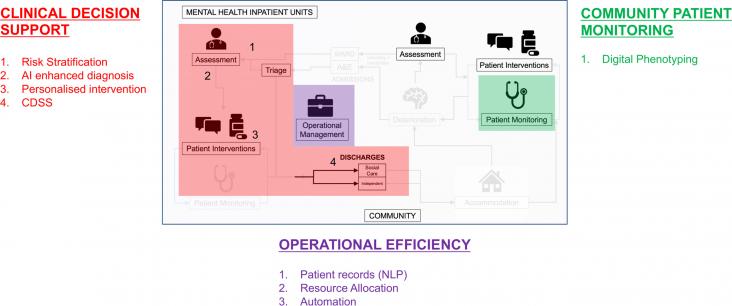Elsevier,
Earthquakes and Sustainable Infrastructure, Neodeterministic (NDSHA) Approach Guarantees Prevention Rather Than Cure, 2022, Pages 77-95
This book chapter addresses SDGs 9 and 11 by explaining how prediction and prevention of earthquake-related disasters are key to creating sustainable cities.
Objectives: In the face of the SARS-CoV-2 pandemic, people with dementia and their carers are contending with serious challenges to their health and wellbeing, due to risk of severe illness, limiting

Introduction: Growing demand for mental health services, coupled with funding and resource limitations, creates an opportunity for novel technological solutions including artificial intelligence (AI).
This book chapter addresses SDG 7 and 9 by explaining the offshore alternative energy options for power production including solutions on synergy between offshore oil and gas production and offshore wind, lending to hybrid energy systems.
The aim of the March Kennesaw State University College of Computing and Software Engineering Hackathon event, was to demonstrate to students how big data analytics may be used for social good to solve problems in society that make a real difference in people's lives. HPCC Systems provided students with the opportunity to learn more about The ADAM Program and take a look at missing children trends.
Elsevier’s new video series features short interviews with research leaders on topical issues for universities. In these episodes, speakers discuss how universities are accelerating progress towards the UN SDGs.
Contributing to SDGs 9, 12 and 13, this paper provides an in-depth analysis of the technologies available to reduce CO2 emissions in those sectors, and the implications for introducing consistent measures to deliver on emission reduction targets.
Our carbon-intensive economy has led to an average temperature rise of 1 °C since pre-industrial times.
Vehicle driving patterns greatly impact the sustainability of the transportation system.

